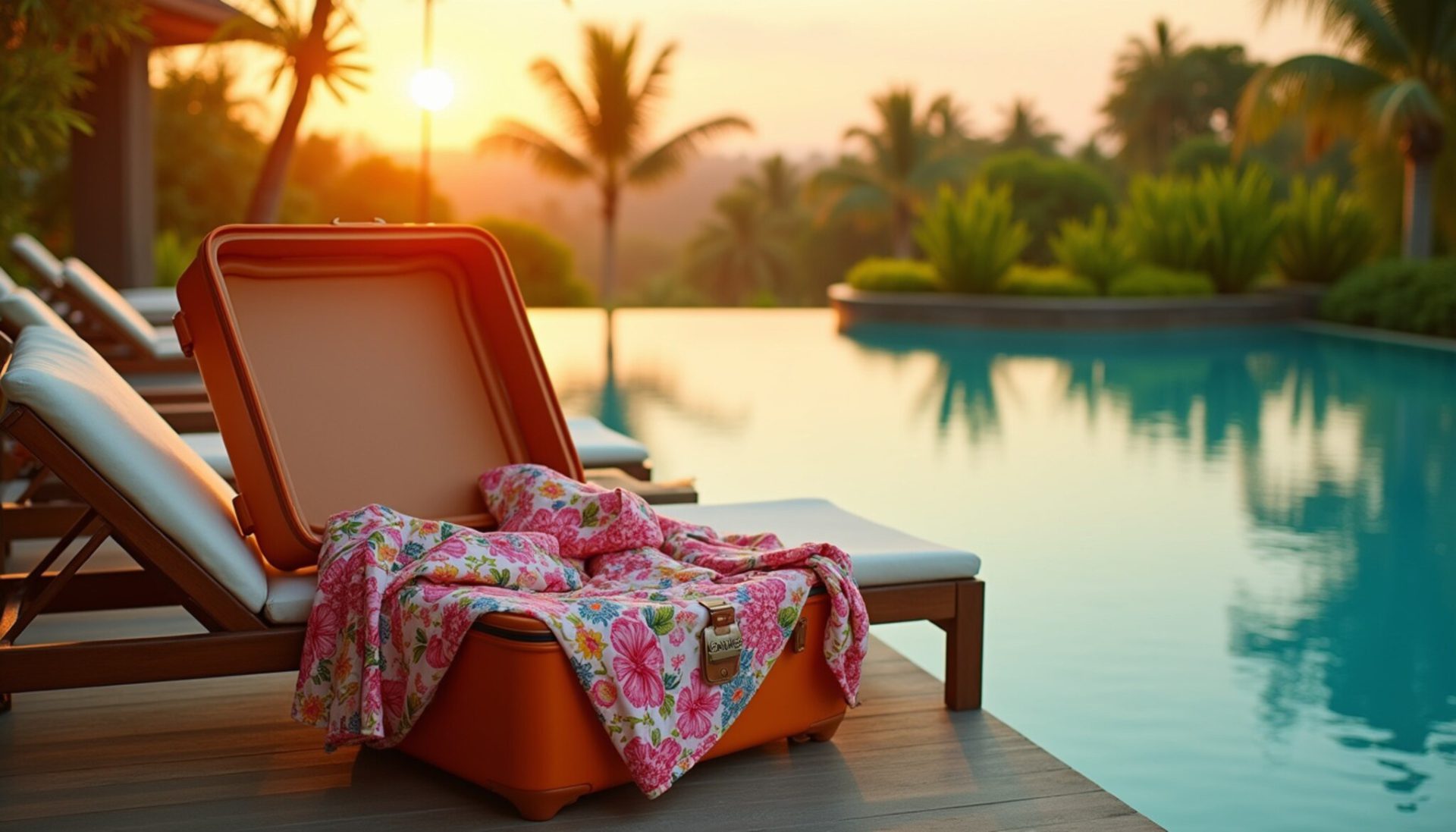You won’t have to wait long for the Season 3 finale of The White Lotus, which will air on April 6, 2025, and will feature even more of the captivating dark comedy as well as shocking plot twists that have always got fans excited. Along with all the buzz that fans create for the show, the trademark collaborations that have grabbed attention through their opulent resort-wear, extravagant candles, and inflow of capital branded collaborations for exotic goods gives an idea of what the show is famous for. During all the buzz, one thing that comes to mind is how the show deals with wealth and wellness, returning us to the core of the message; let’s find out.
A Satire That Sells.
For all our readers who have watched the show, the plot revolves around the extravagant lifestyle of the vacationers, where the protagonist indulges himself in a world full of cocktails, where they argue on petty issues. The third season, set in Thailand’s gorgeous Koh Samui, will feature a wellness retreat, which is as strange as it gets. But it doesn’t take a genius to point out the extreme irony of how a mocking show treating privilege becomes the ticket for all kinds of luxurious branded collaborations spl.
Echoing the New York Times observation on April 5, 2025, “The hit HBO series satirizes luxury vacationers’ privilege. That hasn’t slowed demand for branded collaborations that sell the show’s lavish lifestyle,” it’s smart strategy. Businesses capitalize on consumers’ desperate need to purchase and align themselves with the culture created by the show.
Big Names, Big Gains
The list of collaborators is a who’s who of high-end living. Bloomingdales featured a 34-piece Aqua collection blooming with tropical swimsuits and accessories in vibrant colors reflective of Thailand’s gorgeous scenery in February. H&M partnered with the show’s costume designer, Alex Bovaid, for a bold, flowy, resort chic line. Even Nest New York joined the party, promising “the calm and renewal of Thailand’s most luxurious spa resort” with a new cucumber and white sage candle.
And then comes the Four Seasons Hotel Westlake Village, offering an “exclusive luxury wellness retreat” timed with the finale. It’s a real world taste of the White Lotus experience, ironic in nature given the show’s guests rarely find peace. Patrick Schwarzenegger, Season 3’s star, even took to the latte edashewstand Banana Republic, melding Hollywood superficiality with retail alongside jubilee. The goal of all these collaborations is more than just selling items; it’s about showcasing an aspiration.
Why It Works
This part of the text explains the aspirational chaos gripping viewers’ attention in the case of The White Lotus. Supergoop!, for example, makes the White Lotus-themed skincare kit celebrating the warm beach ambiance of the show and includes glowing sunscreen. Fans are resorting to the show’s aesthetic and narrative – skipping the drama but relishing the sights and costumes of the set. Through the characters’ insanity, people will still appreciate the yellow-drenched landscape and designer brands.
When I spoke to Ryan Turf, president of CB2, he mentioned, “The collection captures the unique combination of opulence, natural beauty, and irreverent allure associated with the show.” Sounds right to me, people indeed wish for the aesthetic. Everyone respects the show, even if people have to endure the intricate weave of vexing drama and wanton excess splattered across the screen. I guess Everything of the mentioned above can be said of the Thailand inspired furniture line.
The Privilege Paradox
And now, we come to the most interesting part of the discussion. The White Lotus is famous for reveling in the shortcomings of the rich—their entitlement, vapid spirituality, and self-destructive tendencies. In juxtaposition, these collaborations sell critiquing the elite. It’s hard to understand why a $1,000 Camilla kaftan or $40 Coffee Mate creamer would sell, but they’re in hot demand—an undeniable paradox. Viewers are proving that they do bask in the privilege the show ridicules in a time where it’s apparent that thriving capitalism exists—luxury definitely sells, even if it’s bluntly mocked.
“Nothing’s too much for The White Lotus!” Boivard said, how remark The White Lotus. That excess is exactly what brands are betting on.” They’re not just selling clothes or candles; they’re selling a mindset, one that claims, “I deserve this.”
Conclusion
Along with the season 3 finale, The White Lotus has solidified its position as not only a television series, but rather a cultural phenomenon that is starting to surge in popularity. With ease, brands have found the perfect balance between the idealistic entertainment of the show and products that the audience is bound to be addicted to. These limited edition collaborated items, such as the chocolate bar from Compartés and the Away suitcase, allow the fans to experience the luxurious lifestyle along with the series’ most treasured locations. But, while having fun, does the audience need to examine whether they are laughing at the satire or conveying it themselves? What’s your opinion?
